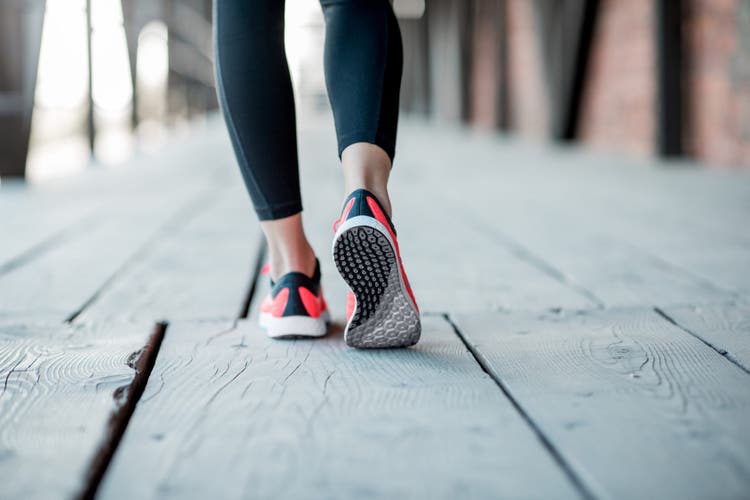News Flash: Proper Walking Pace, Screen Time and Mental Health, and Marijuana as Medicine

Every week, we’re bringing you a roundup of the latest health and wellness news to hit the wire. This week, we look at the right tempo for fitness walking, the mental health effects of screen time on your teen, and a new legal cannabis-based drug.
How quickly do you need to walk?
If you have a walking program, you know you need to keep up the pace to reap the health benefits, but at exactly what pace may be confusing.
Some guidelines call for a pace at which you can talk but not sing. But that seemed a little impractical to Catrine Tudor-Locke, Ph.D., a professor of kinesiology at the University of Massachusetts in Amherst. Tudor-Locke began a review of existing research on measures of walking effort such as pace, cadence, heart rate and respiration, and she published her findings in a special June issue of the British Journal of Sports Medicine, according to The New York Times.
Using 38 different studies that included men and women at very different body weights aged 18 to elderly, Tudor-Locke’s team found that what made walking brisk or “moderate” was a pace of about 2.7 miles per hour, or 100 steps per minute.
That’s easy to calculate without a heart-rate monitor, she says. Simply count your steps for 10 seconds and multiply that by six to see whether you’re meeting the threshold.
Current federal exercise guidelines call for 30 minutes of brisk walking most days, which translates into 3,000 steps at that 100-steps-per-minute pace.
Screen time and unhappiness
Children are on one screen or another more than ever before, and a growing body of research shows an association between unhappiness and the time teens spend on digital media.
The Wall Street Journal rounded up three experts on digital media and mental health to give answers on the effects of all that smartphone, laptop and video-game time. Some take-aways included the following:
- Several large studies show the use of digital media beyond two hours a day for free time, and especially four hours, was correlated with more depression and unhappiness in teens.
- The negative effect of social media on mental health was more pronounced in girls. Ten-year-old girls who used social media more were at higher risk of poorer well-being by age 15.
- Not surprising, the unhappiest teens were those who spent more time than average on digital media and less time than average on “IRL” (in real life) interactions.
First marijuana-based drug approved for epilepsy
In a landmark move, the Food and Drug Administration has approved the first marijuana-derived drug to treat childhood epilepsy.
The oral drug Epidiolex contains a highly purified form of cannabidiol (CBD), a chemical found in cannabis, which has been proved effective at reducing seizures in several randomized, placebo-controlled studies. It contains only trace elements of the psychoactive element THC, so it provides no euphoric high, according to the Washington Post.
For those who have long argued that cannabis has medical benefits, the FDA approval was a milestone, “a recognition that the plant is a rich source of compounds, which have potential therapeutic activity,” said Justin Gover, chief executive of GW Pharmaceuticals, the London-based company that developed the drug and is exploring CBD as a treatment for other conditions such as glioblastoma and schizophrenia. “We are just scratching the surface of what could be a range of cannabis-based medications.”
Currently, marijuana and its components, including CBD, are federal Schedule 1 controlled substances—meaning they are banned because they are thought to have a high abuse potential, no medical value and serious safety implications. However, with this approval, cannabidiol is expected to be reclassified by the Drug Enforcement Administration within 90 days.
So you think your push-ups are awesome?
Check out this Armenian fitness fanatic, who can do push-ups with just two fingers.
Photo credit: RossHelen, Thinkstock